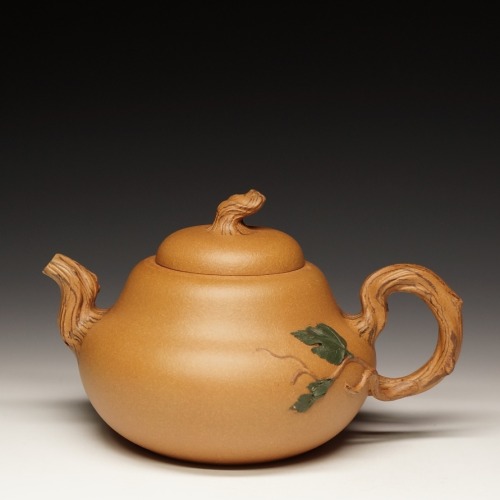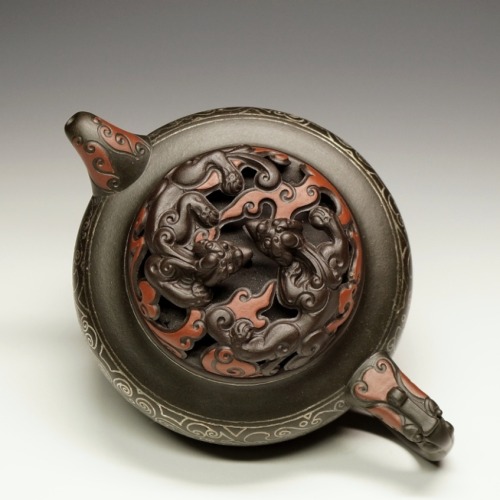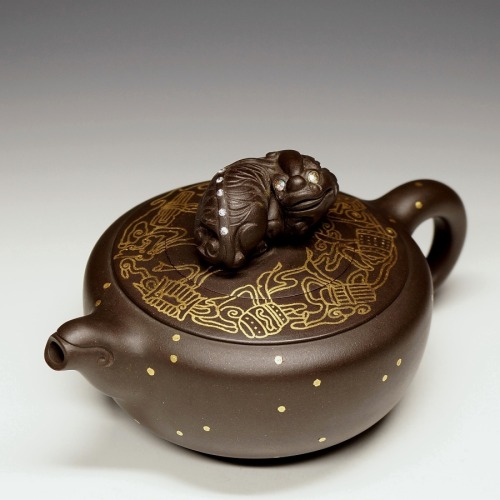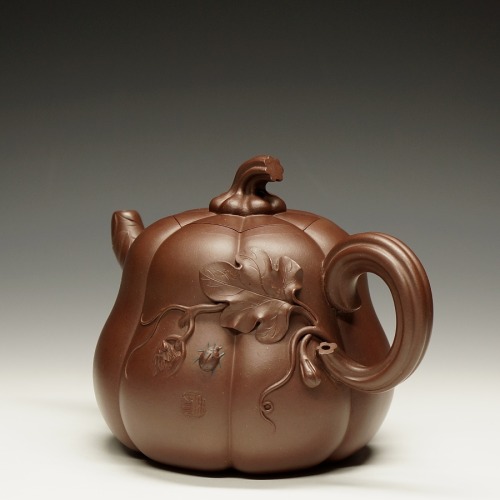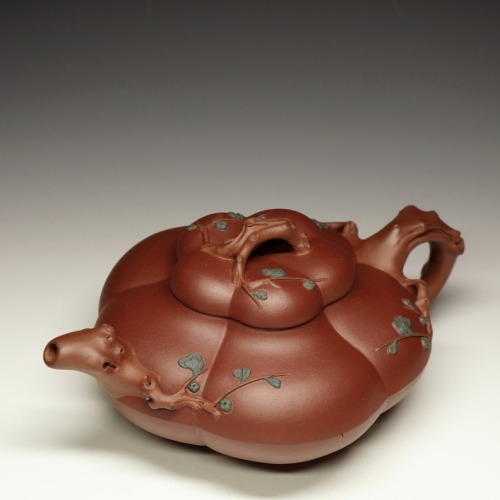mingsonjia:Yixing clay is a type of clay from the region near the city of Yixing in Jiangsu provin
mingsonjia:Yixing clay is a type of clay from the region near the city of Yixing in Jiangsu province, China. Its use dates back to the Song Dynasty (960 - 1279). From the 17th century on, the Yixing wares were commonly exported to Europe. The finished stoneware, which is used for teaware and other small items, are usually red or brown in color. They are known as Zisha ware, and are typically unglazed. The term “yixing clay” is often used as an umbrella term to describe several distinct types of clay used to make stoneware:Zisha or Zi Ni (紫砂 or 紫泥 ; literally, “purple sand/clay”): this stoneware has a purple-red-brown color.Zhusha or Zhu Ni (朱砂 or 朱泥; literally, “cinnabar sand/clay”): reddish brown stoneware with a very high iron content. The name only refers to the sometimes bright red hue of cinnabar. There are currently 10 mines still producing Zhu Ni. However, due to the increasing demand for Yixing stoneware, Zhu Ni is now in very limited quantities. Zhu Ni clay is not to be confused with Hong Ni (红泥, literally, “red clay”).Duan Ni (鍛泥; literally, “fortified clay”): stoneware that was formulated using various stones and minerals in addition to Zi Ni or Zhu Ni clay. This results in various textures and colors, ranging from beige, blue, and green (绿泥), to black.Yixing teawares are prized because their unglazed surfaces absorb traces of the beverage, creating a more complex flavor. For these reasons, yixing teawares should never be washed using detergents, but rather with water only, and connoisseurs recommend using each tea vessel for one kind of tea (white, green, oolong, or black) or sometimes even one variety of tea only.Picture credits: 台湾 玉凡轩 -- source link
Tumblr Blog : mingsonjia-deactivated20170120.tumblr.com

